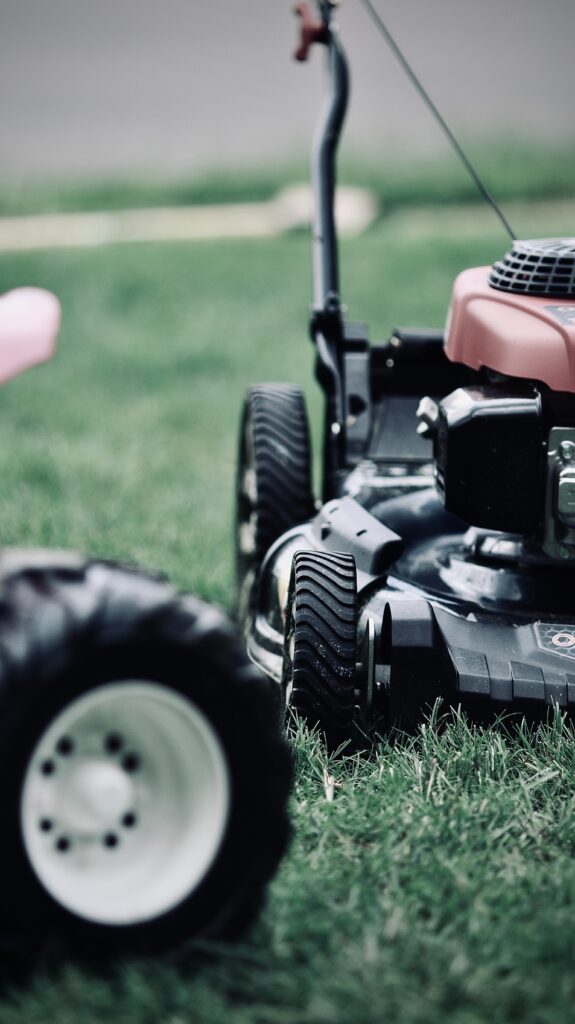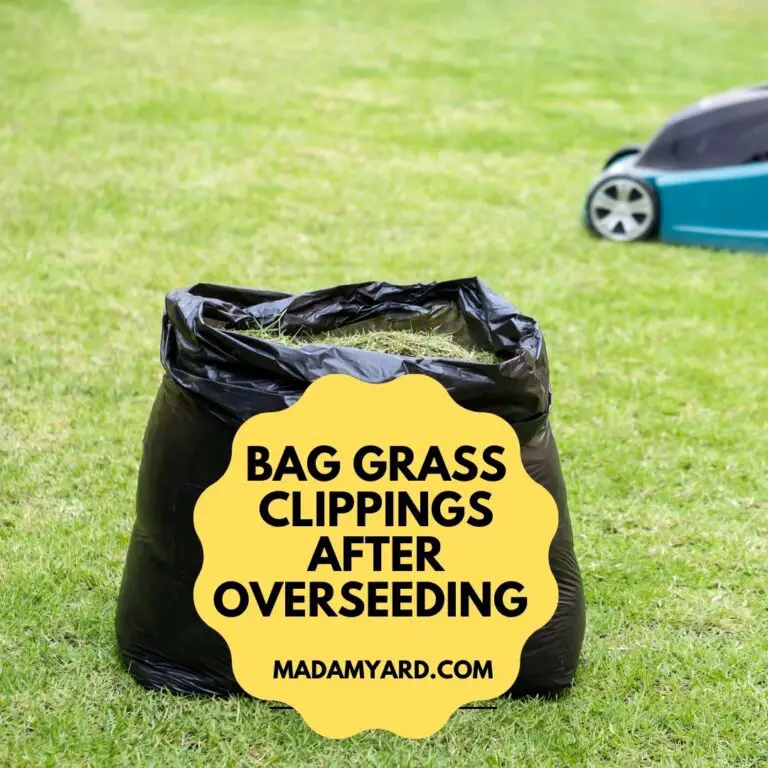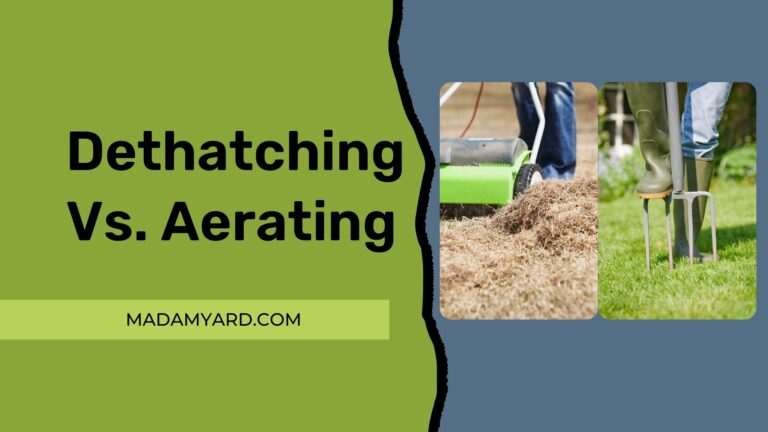When to Cut Grass After Overseeding?
Adding grass seed to your lawn can be a great way to restore its natural beauty. However, if you want to have a beautiful lawn that is lush and green all season, you should know the best time to cut the grass after overseeding.

How do I tell if my lawn needs overseeding?
If you notice that your lawn has some green color on top of brown or dead areas, you may need an overseed. It’s best to have someone else check your lawn because they are more likely to spot problems than you might.
Why Is Overseeding Important?
Overseeding helps prevent weeds from growing in your yard. If you don’t overseed, it will take longer for new plants to grow into your lawn. This means weed seeds could be present when those plants start to sprout up. The result is a lot of work and frustration trying to get rid of them later.
Does overseeding actually work?
Yes! Overseeding works well if done correctly. You can use the same method as regular seeding by using seed mixers or hand-sowing with a rake. Just make sure not to overseed so much that you end up covering all the grass blades.
Should I water immediately after overseeding?
Yes, you should water immediately after overseeding. Using a lot of water, wash the grass seeds into the slots.
Before grass seeds germinate (for the first 10-14 days), you should:
Lightly water your plants daily, wetting the top one inch of soil. After germination, reduce the watering frequency while allowing for deeper soaking and penetration into the soil.
What to do after overseeding?
The following steps can be taken to maintain an attractive and healthy lawn after aerating and overseeding your yard:
- Water the area thoroughly with water that has been treated with fertilizer or other chemicals.
- Mow regularly, so grass doesn’t become too long. Longer grass makes it harder for roots to reach deep enough to find nutrients.
- Keep mowing at least once every two weeks until the grass starts to look like normal turfgrass again.
How often should you overseed your lawn?
The best time to overseed your lawn is in the fall or early spring because it will help the grass grow and become healthier. Overseeding should be done every year and can be applied anytime during the fall and spring, but not in the summer.
Can I rake leaves after overseeding?
No. Raking will disturb the seedlings, which could cause problems such as stunted growth or even death. If you must remove some fallen leaves from your yard, wait until they have dried out before raking them into piles. This way, there won’t be any moisture left on the pile of leaves and seeds when a lawnmower comes along later in the season.
When To Cut Grass After Overseeding?
It would be best to wait until at least 2 or 3 weeks after overseeding your lawn before cutting it. As a result, new roots will have ample time to develop and spread.
What should I do with my lawn until then?
You may want to mow around the edges of your lawn so as not to disturb any newly seeded areas. Besides that, you could also use an edger tool to trim off any excess grass to give your lawn room to grow.
Meanwhile, whether you should bag your grass clippings after overseeding, read this before doing something with it.
Why is timing important?
The timing of when to cut grass after overseeding is important to the health of your lawn. If you cut too early, your new grass will dry out and die before it has a chance to spread. If you wait too long, the lawn can be damaged from late-season weed growth and disease. The ideal time for cutting grass after overseeding is between two and three weeks. This gives your new grass enough time to establish itself while also allowing weeds to grow to help prevent damage to your turf.
How do you mow after overseeding?
Depending on the type of grass you overseeded, it is recommended to wait a few weeks before cutting the lawn again. If you have a warm-season grass that you overseeded, wait three weeks before the first cut and four or five if it is a cool-season grass.
During your first mow following overseeding, it’s also a good idea to set your mower to the maximum setting. Don’t trim more than 1/3 of your grass blades in a single mowing.
Mowing Strategies
When mowing your lawn for the first time after overseeding, the following techniques should be kept in mind to avoid causing any damage to the grass.
1. Sharp mower blades
Keeping your mower blades sharp is the first tip to follow when mowing your lawn. Keep in mind that every 20 hours of mowing necessitates a blade sharpening. Hardware stores typically charge a little cost, but it’s well worth the effort because a dull blade can cause uneven cutting and stunt growth.
2. Be patient
The first time you mow after overseeding, take your time and prevent pulling off any new seedlings by moving slowly and turning your mower softly. Because their roots are still developing, the grass stalks will not be held in the earth as tightly as mature plants would.
3. Always mow a dry lawn
This is your first mow after overseeding, so be cautious. As a result, avoid mowing during periods of rain or watering. Mowers can tear and crush wet grass, which causes the roots to be yanked out of the ground.
4. Set the mower cutting height
The mower’s cutting height should be adjusted as high as possible to minimize damage to the grass’s root system. More than a third of the grass’ height should not be trimmed off. This usually results in a more youthful appearance. As a result of these regulations, you won’t have to mow your grass frequently.
5. Mulching
Grass clippings can be left on the lawn as long as they don’t build up. They’ll feed the soil with nutrients and keep it moist without adding too much thatch to the mix.
However, for lawns with seeded weeds, you should use a bag attached to your mower to collect the grass clippings and dispose of them far enough away from your yard to prevent the weeds from returning.
Bottom Line
I hope this article has provided some help in your quest to understand when to cut grass after overseeding. In addition, I’ve given you a little bit of guidance as to the timing of the cutting and tips for reducing the frequency and severity of any damage that may arise as a result. Now go out there and put those tips into practice!







